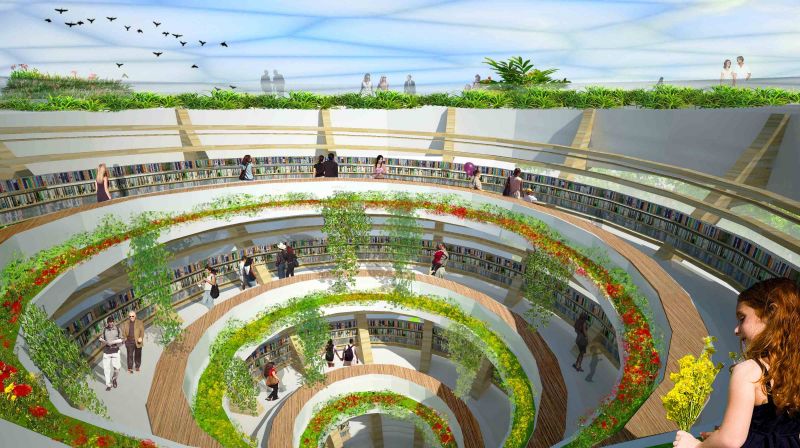Helsinki’s Cool Green Factor
Published on by Robert Brears, Founder of Our Future Water, Young Water Leaders, Mitidaption & Author (Springer Nature, Wiley) in Technology
Helsinki has released its new City Plan which sets the direction of the city’s growth over the next 30 years and beyond, all the while considering an increasing population and climate change.
Over the next 30 years, Helsinki’s population is expected to increase from 621,000 to over 800,000 inhabitants. With urban development commonly reducing the number of green areas in cities, Helsinki’s urban areas will be more prone to climatic risks including increased flooding, air pollution, and urban heat islands.
Helsinki’s Cool Green Factor
One tool the city has at its disposal in reducing the impacts of urbanization on the environment, while adapting to climate change, is Helsinki Green Factor, which mitigates the effects of construction by maintaining sufficient levels of green infrastructure while enhancing the quality of the remaining vegetation. The tool was developed as part of the Climate-Proof City (ILKKA) – Tools for Planning project that promoted climate-proof urban planning.

The Helsinki Green Factor is used to develop land-use specific targets and minimum levels for urban greenery, with four land-use classes created: residential, services, commercial, and industrial/logistics. Specifically, each land-use class has a target level that sets the goal for the green factor score (calculated as the ratio of the scored green area to lot area) and a minimum level that is required of the land-use (Table 1.). This enables considerations to be made in areas that have limited available space for green surfaces.
Table 1. Target and minimal levels for land-use classes
Land-use class | Target level | Minimum level |
Residential | 0.8 | 0.5 |
Services | 0.7 | 0.4 |
Commercial | 0.6 | 0.3 |
Industrial/logistics | 0.5 | 0.2 |
Calculating the Green Factor
To calculate the green factor score, an Excel-based Green Factor Tool has been developed to guide the user through the three phases of green factor assessments: 1. Setting the target and minimum levels: the user defines general information (e.g. lot area, building footprint, id number) and lot attributes (e.g. land-use class, yard type, stormwater systems, environmental factors) for the lot. As a result, the tool calculates the target and minimum level and determines whether specific element groups are required in the lot 2. Calculating the green factor: the user will fill in the green factor element table to calculate the green factor score. The total green factor score is updated with each change to the element table 3. Score card: the printable green factor score card presents the essential results and summary statistics of the assessment, including the date and lot id, green factor score, target and minimum levels, summary of used elements, user comments, and graphs visualizing the results
The take-out
Cities can develop land-use-specific greenery targets to ensure urbanization does not come at the cost of mitigating climatic risks.
*Robert C. Brears is the founder of Young Water Leaders and author of Urban Water Security (Wiley), The Green Economy and the Water-Energy-Food Nexus (Palgrave Macmillan) and the forthcoming title Blue and Green Cities(Palgrave Macmillan). He is Founder of Mitidaption, which consults on climate change risks to business, governance and society.
Attached link
http://markandfocus.com/2017/08/02/helsinkis-cool-green-factor/Taxonomy
- Climate Change
- Urban Water
- Climate Change Adaptation
- Climate Change Resilience
- Green Technology
- Urban Design
- green infrastructure
- Urban Regeneration